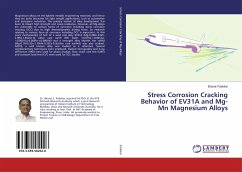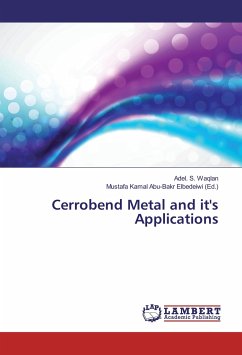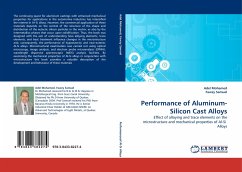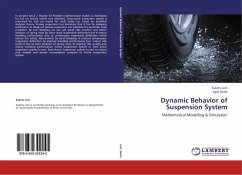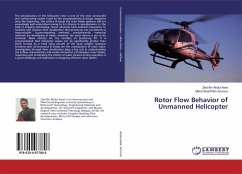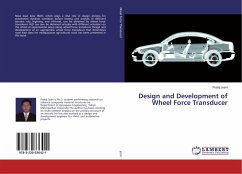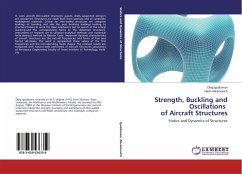Magnesium alloys are the lightest metallic engineering materials, and hence they are quite attractive for light weight applications, such as automotive and aerospace industries. The primary motive of alloy development has been to impart high strength and creep resistance. However, all Mg-alloys are vulnerable to various forms of corrosion including stress corrosion cracking (SCC) due to high thermodynamic driving force. So research relating to various form of corrosion including SCC is important. In this work mechanism(s) of SCC of a sand cast alloy EV31A (Mg-0.28Zn-0.6Zr-2.9Nd-1.5Gd-0.14 other rare earth (RE) (each 0.01%)-0.001Ag-0.0001Cu-0.003Fe-0.0001Ni) and a wrought alloy Mg-Mn hot rolled (Mg-0.1Al-0.3Zn-1.75Mn-0.25Ce-0.3(other rare earths)) was also studied. AZ91E, a well known alloy was studied as a reference. Several complementary techniques were employed. Optical micrography and X-ray diffraction (XRD) were used for phase analysis. Slow strain rate test (SSRT) and constant load test (CLT) were used for SCC studies.
Hinweis: Dieser Artikel kann nur an eine deutsche Lieferadresse ausgeliefert werden.
Hinweis: Dieser Artikel kann nur an eine deutsche Lieferadresse ausgeliefert werden.

